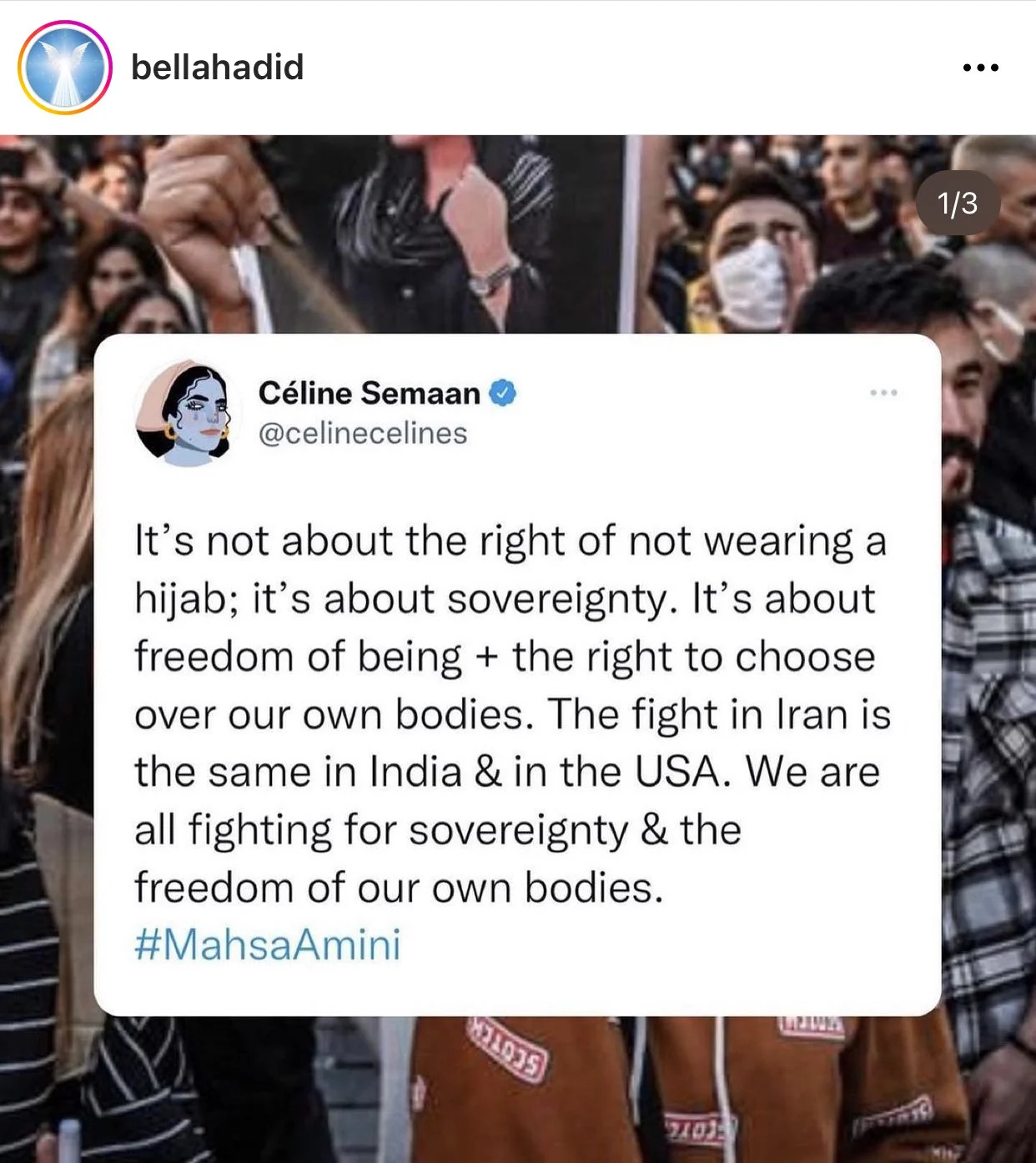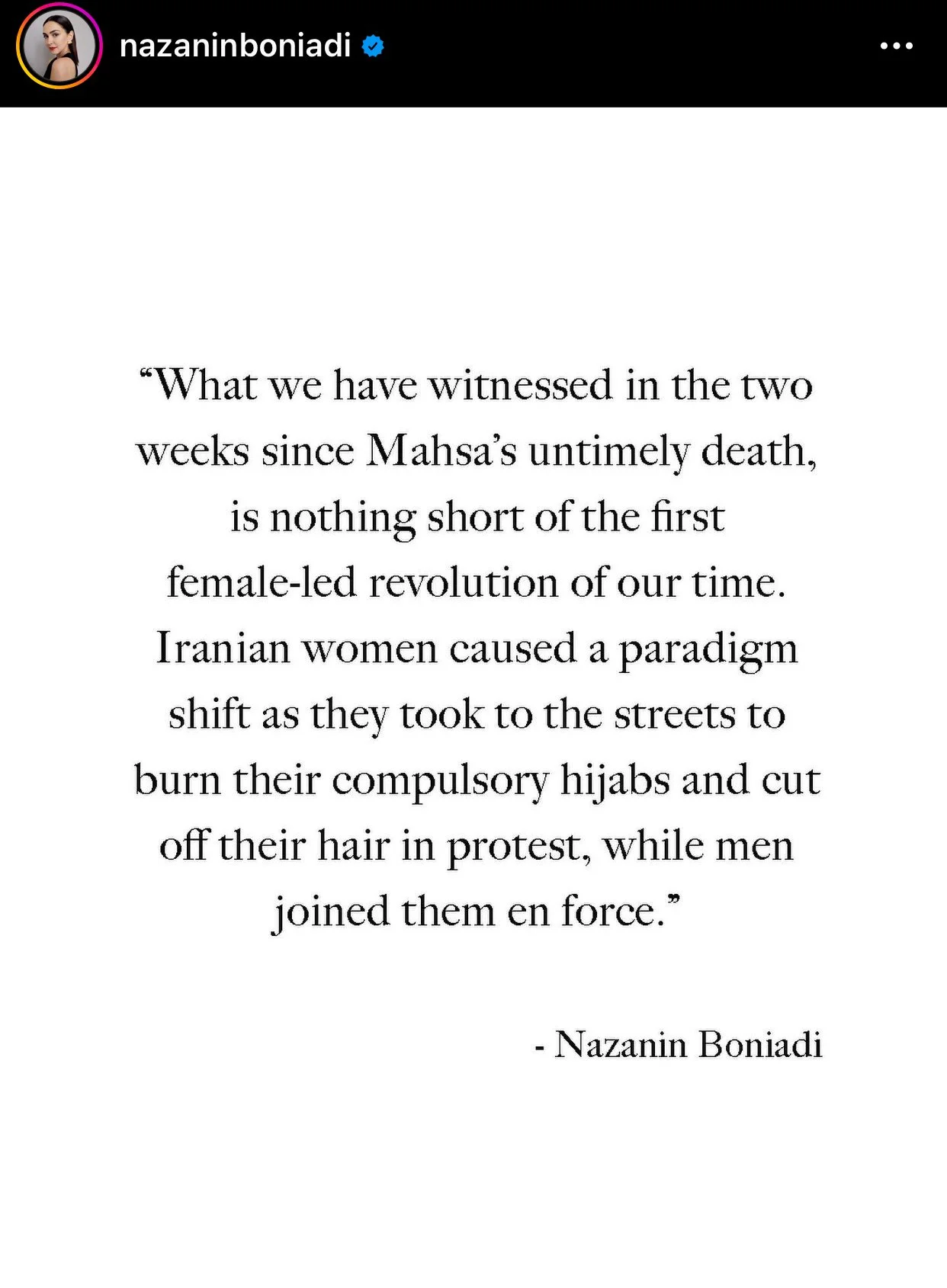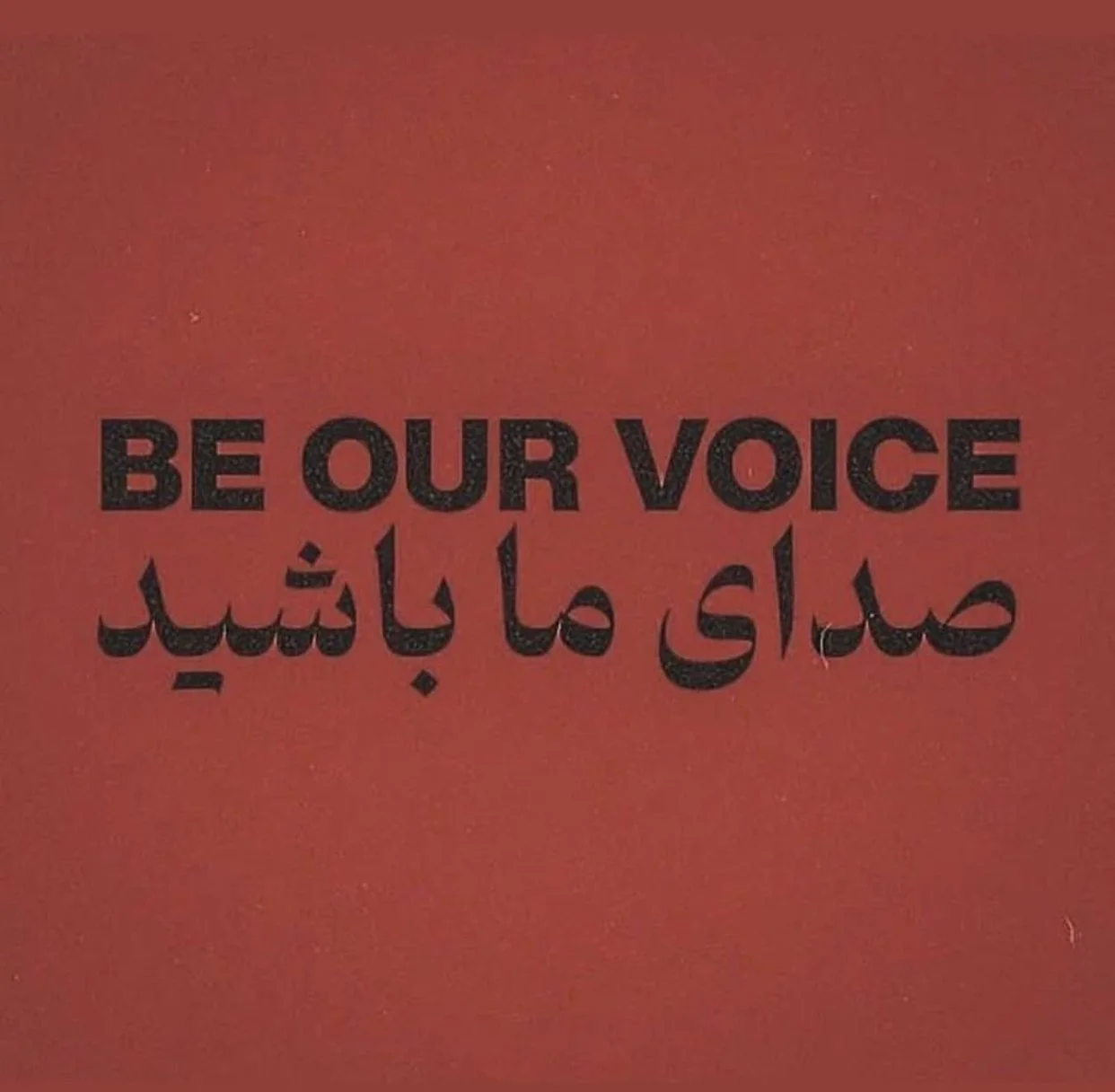A new Iranian revolution
Iranian voices fight to be heard : Mahsa Amini’s death ignites a new revolution
The past few weeks have been challenging. As an Iranian-born British citizen, who now resides in Aotearoa, New Zealand, I have now observed two historically significant and polarising deaths. Both have occured in countries I call home. The former of those deaths had me grapple with conflicted feelings, while the latter leaves me with no shadow of a doubt on how I feel – red-hot rage.
The death of 22-year-old Kurdish-Iranian, Mahsa (Zhina) Amini, has sent shockwaves through Iran.
Despite promising myself a media and political hiatus this year, as I’ve watched matters unfold in Iran, I’ve found it impossible not to interrupt this hiatus to scream about the heart breaking scenes.
Protestors have flocked to the streets demanding justice for her death. But it strikes deeper than that. Amid growing oppression, draconian rulings and a broken economy, Mahsa Amini has become emblematic of the unjust totalitarian Islamic regime they’re demanding freedom from. They don’t just want justice…they want out.
Amini was arrested by the Iranian morality police in the capital city, Tehran, on 13th September for “incorrectly” wearing her compulsory hijab. By their standards, she was dressed “improperly”. This could mean anything from showing a wisp of hair, to wearing lipstick or other kinds of “bad” makeup. Both actions could end in an arrest and become further justified by the police who claim these are provocative gestures.
Amini was later moved to an ‘education and disciplinary unit’, where she was to undergo a re-education. However, just three days later, on 16 September, Amini was admitted to hospital suffering a coma and died from her injuries.
The mandatory hijab for many Iranian women remains an enduring symbol of oppression and pillar of religious dictatorship. In this case, it signified the end of someone’s life.
Amini’s death comes not long after escalated state policies, strengthened by a new hard-line presidency that targets women. Earlier this month, the government announced it would use facial recognition technology to reinforce the mandatory dress code against women.
As a result, intense protests have gripped the country, making this the largest anti-government movement in Iran since 2009.
The Iranian authorities have scrambled to silence protesters by responding with increased police brutality. As defined by president Ebrahim Raisi, “decisive action from those who oppose the country’s security and tranquillity”. Photos and video have swept across the internet, showing security forces viciously beating and shooting open fire directly in the crowds.
As the protests have garnered growing global attention, to date, the death toll is 90. Though human rights groups suggest these numbers are likely to be much higher.
In a desperate attempt to suffocate the voices of the Iranian people and isolate them from the rest of the world, the government has disrupted or blocked internet, social media and phone communications channels in the country. Why? Because the disruption arrives at a critical juncture in Iran’s bloody history. It threatens the regime itself.
Such control and manipulation strategies have been deployed in the country since the inception of the Islamic regime in 1979.
As little as three years ago, the regime employed the same strategy to quash financial protests in what Oracle's Internet Intelligence called the “largest internet shutdown ever observed in Iran”.
“Amini’s death comes not long after escalated state policies, strengthened by a new hard-line presidency that targets women. Earlier this month, the government announced it would use facial recognition technology to reinforce the mandatory dress code against women.” - Sahar
How has the world responded?
From Tehran, to the rest of the world - protests have spread like wildfire across the globe.
Just days ago, the US department of state issued a general licence to allow the free flow and access to information for the people of Iran.
As awareness expands, support follows. Tech giant Elon Musk has activated satellite broadband service ‘Starlink’ – already provided to Ukraine for its fight against Russia’s invasion – to further this access to the Iranian people’s information and broadcasting capabilities.
The United Nations has called for a full investigation of discrimination and human rights violations, in accordance with international standards.
This has put some pressure on the regime to answer for violations on human rights in the country. Though, not enough. Iran still threatens to use military force on protestors.
Here in Aotearoa, New Zealand, protests have also been taking place across the country. Iranian-born Green MP Golriz Ghaharaman urges our local government to do more in holding the regime to account.
Many political leaders are calling for additional sanctions on Iran. The tragic irony however, is these sanctions would only further impact those most vulnerable and allow the regime to reinforce its narrative against the West, exploiting it as an opportunity to fear-monger and build power.
What now?
Mahsa Amini’s death is undoubtedly a powder keg moment for Iran, much like George Floyd’s was in the US. Her murder is the fuel that has reignited embers in the hearts of Iranians.
But this isn’t the first time our women fight for their basic rights to equality and expression. They’ve been fighting for these rights for 43 years.
The first protest against compulsory uniform for women was back in 1979 when the mandatory veiling was first established - a proclamation made at the time by the ailing supreme leader, Ayotallah Khomeini who initiated the totalitarian identity of the regime.
Scepticism aside, the protests do feel different this time. Mahsa’s death has united the country.
For the first time since the inception of the Iranian Republic Islamic State, men and women stand in solidarity. They fight shoulder-to-shoulder with Kurds, Turks and more ethnic and socio-economic groups in the country, for a collective purpose.
The scope of their demands has also broadened. Protesters across the country - and now around the world - are chanting: “women, life and freedom”, “death to the dictator”, “we don’t want the Islamic regime”, “we don’t want forced hijab”, among other similar slogans that reject the Iranian Republic’s theocratic rule.
What’s next?
It’s impossible to predict what will happen. The cynic in me takes one look at inequities in Italy, Ukraine, Palestine and the rest of the world and feels immediately disheartened.
Not to mention women’s rights are under attack across the globe. Despite some progress, we still see so many violations that take us right back to square one. The reversal of Roe vs Wade is a more recent reminder of that.
However, what matters is that the people of Iran aren’t backing down. They won’t allow Mahsa to die in vain - and their sheer tenacity is electrifying. It inspires action.
It’s hard to articulate the weight of watching something like this happen in a country you’re deeply connected to, but powerless to resolve. There are layers upon layers of collective, societal and intergenerational traumas waiting to be addressed. The death of Mahsa Amini is just another reminder of entrenched injustice.
While Mahsa is a symbol for the Iranian people’s bid for freedom, the united response and brave collective action in the face of brutality, has become a symbol of courage for the World. And so, despite the deep-rooted pain I feel, I couldn’t be more proud to be an Iranian woman.
“It’s hard to articulate the weight of watching something like this happen in a country you’re deeply connected to, but powerless to resolve. There are layers upon layers of collective, societal and intergenerational traumas waiting to be addressed. The death of Mahsa Amini is just another reminder of entrenched injustice.” - Sahar
How can we help?
Our role as members of international communities is critical. It’s easy to forget how lucky we are to have accessibility to basic human rights and uncensored freedom of expression and speech. We have a voice and can use it to apply pressure, to broadcast and urge government bodies to lift sanctions, and encourage negotiations.
For me, staying silent would be a betrayal to Mahsa, to myself and to the fiercely brave women and men of Iran who are risking their lives every day to fight for their rights and freedom.
It takes courage to stand up for what you believe in. It takes character and strength to self-sacrifice for what’s right. It’s never easy, but it also shouldn’t be this hard. Mahsa’s death was a tragedy, though the greater tragedy would be inaction.Let’s help Iranian women reclaim their voice.
“Mahsa’s death was a tragedy, though the greater tragedy would be inaction. Let’s help Iranian women reclaim their voice.” - Sahar
“Your voice is your sovereignty”
free - rupi kaur
Words — Sahar Sedaghat






